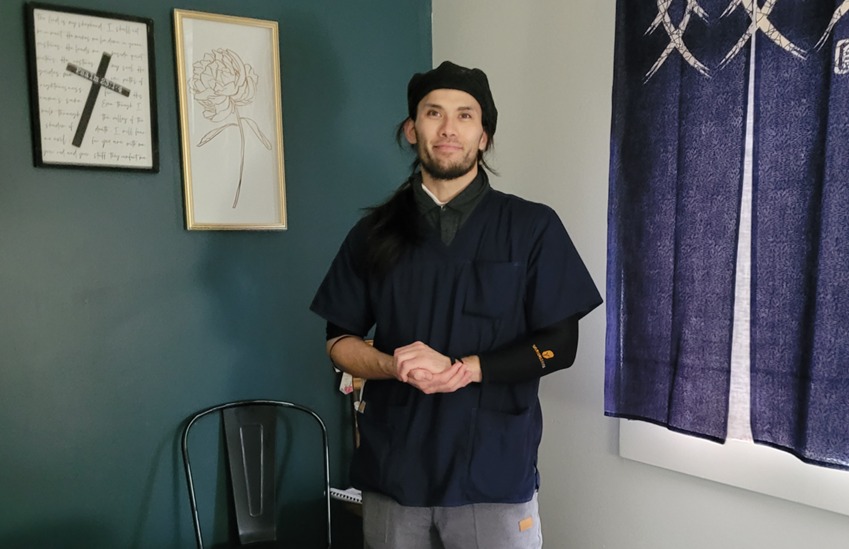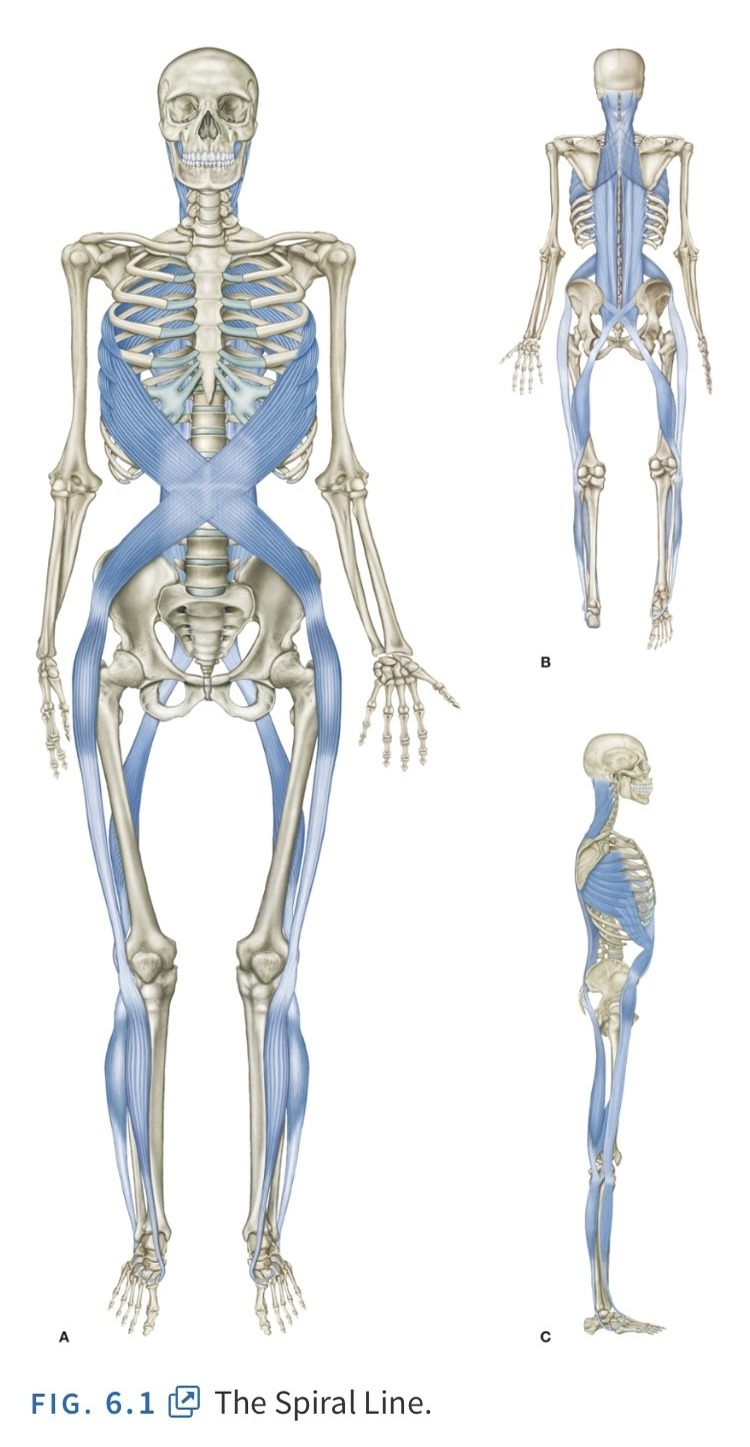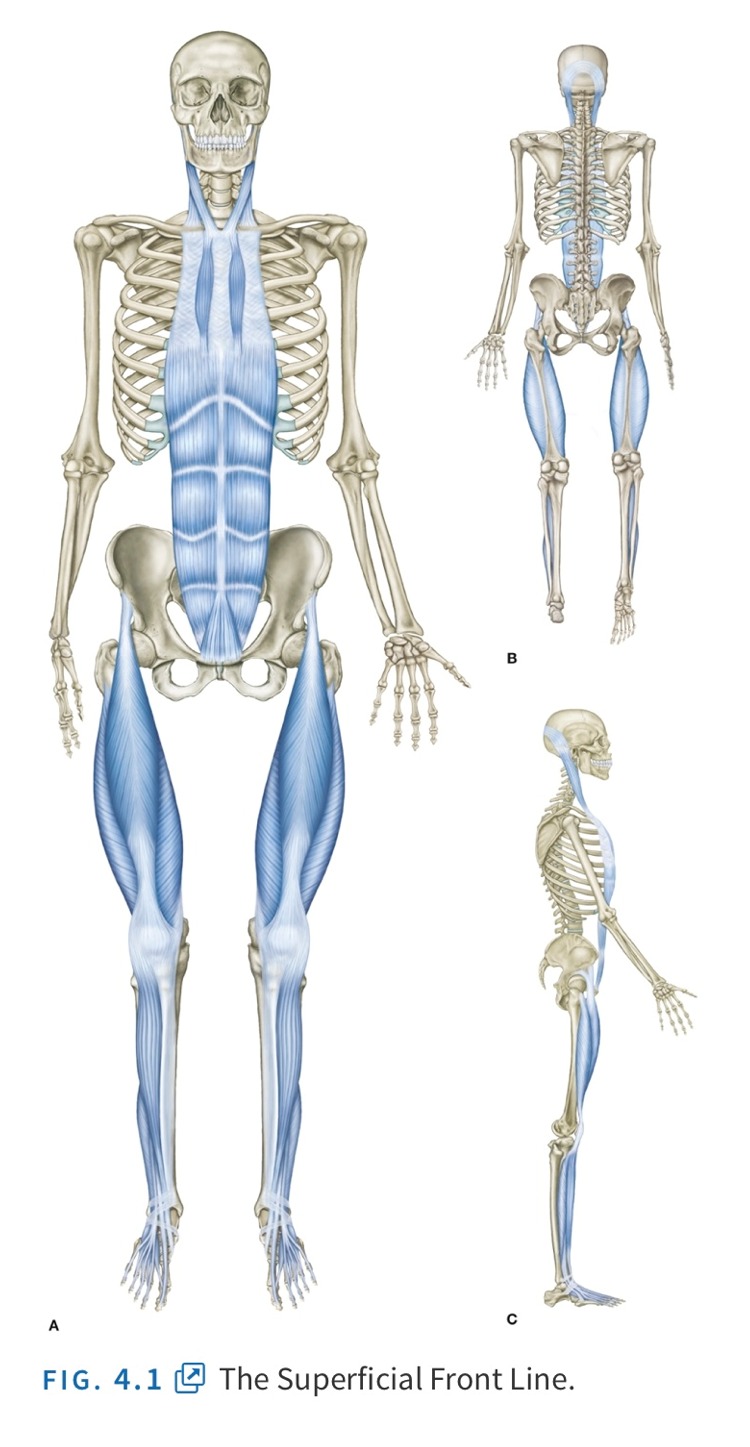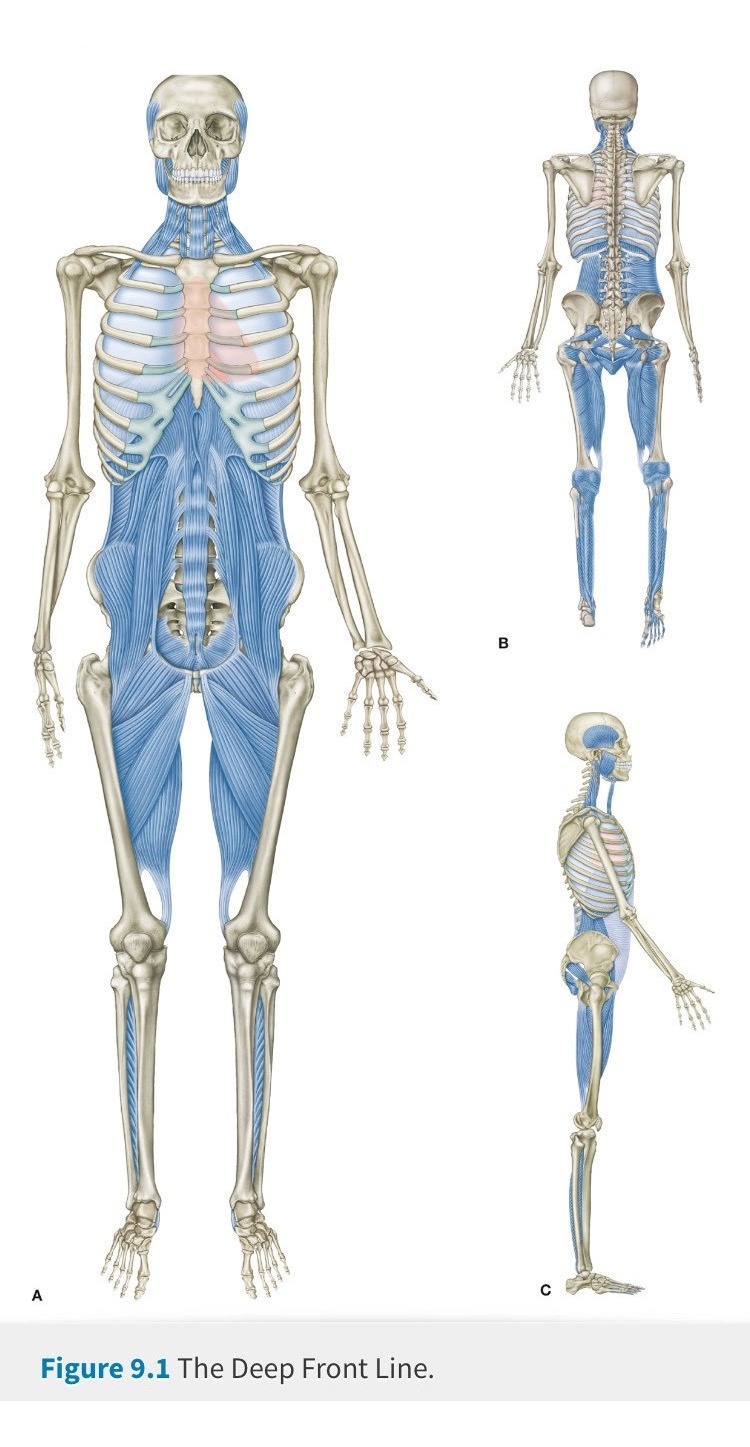Benefits of Massage

Eugene Mullens Jr. LMP
Benefits of Massage with Mountain and Sea
Massage offers a wide range of physical, mental, and emotional benefits, making it a valuable practice for overall well-being. Here are some of the key advantages:
1. Stress Reduction and Relaxation
One of the most immediate and well-known benefits of massage is
its ability to reduce stress. The soothing touch and calming
environment of a massage session help to activate the
parasympathetic nervous system, which promotes relaxation and
reduces the production of stress hormones like cortisol. Regular
massage can help lower anxiety levels and improve your ability
to manage stress.
2. Pain Relief
Massage can be highly effective for relieving various types of
pain, including chronic pain, muscle soreness, and joint
stiffness. Techniques such as structural integration target
joint + muscle balance , while deep tissue massage improves
muscle integrity + range of motion (ROM), helping to alleviate
discomfort and promote healing. Conditions like lower back pain,
tension headaches, and neck pain are commonly treated with
massage therapy.
3. Improved Circulation
The physical manipulation of the body’s tissues during a massage
improves blood circulation. Enhanced circulation helps deliver
oxygen and nutrients to muscles and tissues more efficiently
while removing waste products. This can contribute to faster
recovery from injury or intense physical activity and can even
help reduce the risk of developing certain health issues related
to poor circulation.
4. Muscle and Joint Flexibility
Regular massage can help keep muscles and joints supple by
promoting the elongation of tight muscles and enhancing joint
mobility. This can improve overall flexibility, making it easier
to perform daily activities and reducing the risk of injury
during physical activity.
5. Enhanced Immune Function
Massage has been shown to boost immune function by increasing
the activity of white blood cells that fight off infections.
Additionally, by reducing stress, which can negatively impact
the immune system, massage may help keep you healthier in the
long term.
6. Better Sleep
Many people find that massage helps improve their sleep
patterns. The relaxation induced by massage can reduce insomnia
and promote deeper, more restful sleep. This benefit is often
attributed to the reduction of stress and the improvement in
circulation and muscle relaxation.
7. Mental Clarity and Mood Boost
Massage not only works on the body but also has positive effects
on the mind. It can improve mental clarity by promoting a sense
of calm and relaxation. Additionally, massage has been shown to
increase the production of endorphins, the body’s natural
“feel-good” hormones, which can help improve mood and combat
symptoms of depression and anxiety.
8. Improved Posture
Regular massage can help release tension in the muscles that
contribute to poor posture. By relaxing tight muscles and
improving overall body alignment, massage can make it easier to
maintain good posture, which reduces strain on the body and
helps prevent long-term musculoskeletal problems.
9. Detoxification
Massage can stimulate the lymphatic system, which is responsible
for removing toxins and waste products from the body. By
improving lymphatic circulation, massage can support the body’s
natural detoxification processes, helping to keep you feeling
refreshed and revitalized.
10. Enhanced Flexibility and Recovery for Athletes
For athletes or those who engage in regular physical exercise,
massage is a valuable tool for recovery. It helps reduce muscle
tension, alleviate soreness, and promote faster healing of minor
injuries. By increasing flexibility and aiding in muscle
recovery, massage can also improve overall athletic performance.
In summary, massage is more than just a luxury—it offers substantial physical, emotional, and mental health benefits. Whether used for relaxation, injury recovery, or maintaining overall well-being, incorporating massage into your routine can help you feel better both inside and out.
Anatomy Trains of the Body
Anatomy Trains is a concept developed by Thomas Myers that refers to a system of interconnected myofascial lines or “chains” that span across the body, linking muscles, fascia, and other soft tissues. These lines are thought to work together to create coordinated movement patterns and to help transfer force across the body.

1. Lateral Line: The Lateral Line connects structures on
either side of the body, running from the foot up through the side
of the body and into the neck and head. It includes muscles like the
gluteus medius, the tensor fasciae latae, and the upper trapezius.
Function: This line helps with side-to-side movements, lateral
flexion of the spine, and stabilizing the pelvis and torso during
dynamic motion (such as in walking or running).

2. Spiral Line: The Spiral Line forms a helical pattern that
starts at the foot and spirals upward, crossing the body diagonally.
It includes muscles like the peroneals, the adductors, the obliques,
and the upper back muscles, including the latissimus dorsi.
Function: This line is important for rotational movement and
torsion. It helps the body to twist and pivot, and facilitates
efficient movement in activities like running, dancing, or throwing.

3. Superficial Front Line (SFL):
The Superficial Front Line runs
from the top of the head, down the front of the body, through the
chest, abdomen, and continues down to the toes. It includes muscles
such as the sternocleidomastoid, the pectorals, rectus abdominis,
and the quadriceps.
Function: The SFL is primarily involved in forward-bending motions,
such as flexion of the spine and hip, and is key in actions like
running and walking, especially for propelling the body forward.

4. Superficial Back Line (SBL): The Superficial Back Line runs
from the back of the head, down the neck, through the spine,
buttocks, and hamstrings, and extends down to the heels. It includes
muscles like the trapezius, erector spinae, gluteals, hamstrings,
and calves.
Function: The SBL is important for postural alignment, extending the
body, and supporting actions such as standing upright, walking, and
running. It also plays a role in controlling gravity and providing
stability.

5. Deep Front Line (DFL): The
Deep Front Line connects the deep muscles of the body, including the core
and the internal stabilizers of the spine and pelvis. It includes the
psoas, the diaphragm, the iliacus, and the deep neck flexors.
Function: The DFL is key for posture,
core stability, and pelvic support. It helps with movements that require
stability in the center of the body, such as standing, lifting, and
bending. The DFL also supports balance and the coordination of movements
from the deep center outward.
Each of these lines represents a way the body’s myofascial system works together to facilitate movement and maintain stability. Understanding these lines can be helpful in fields like physical therapy, movement science, and bodywork to improve posture, functional movement, and injury prevention.

